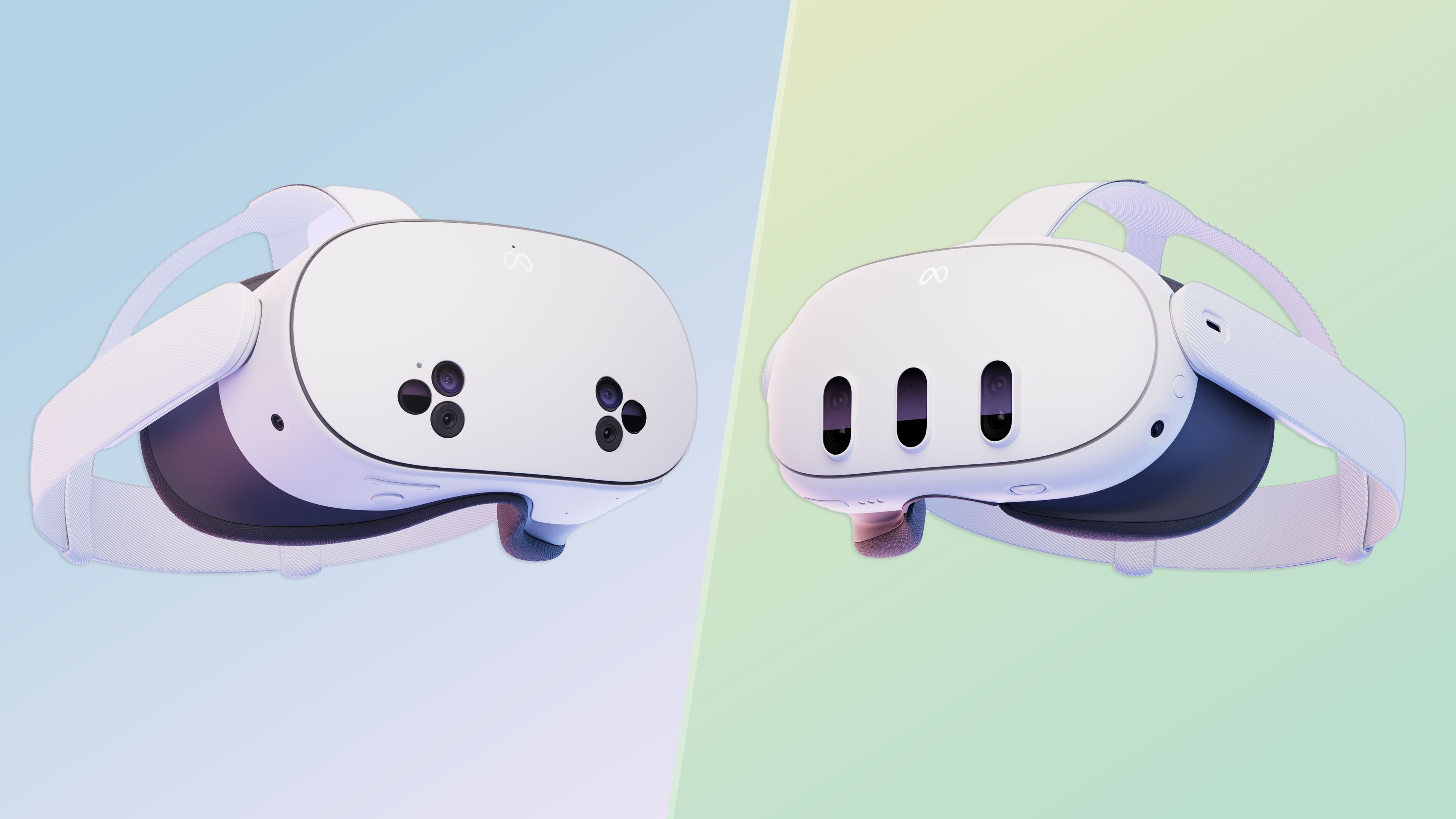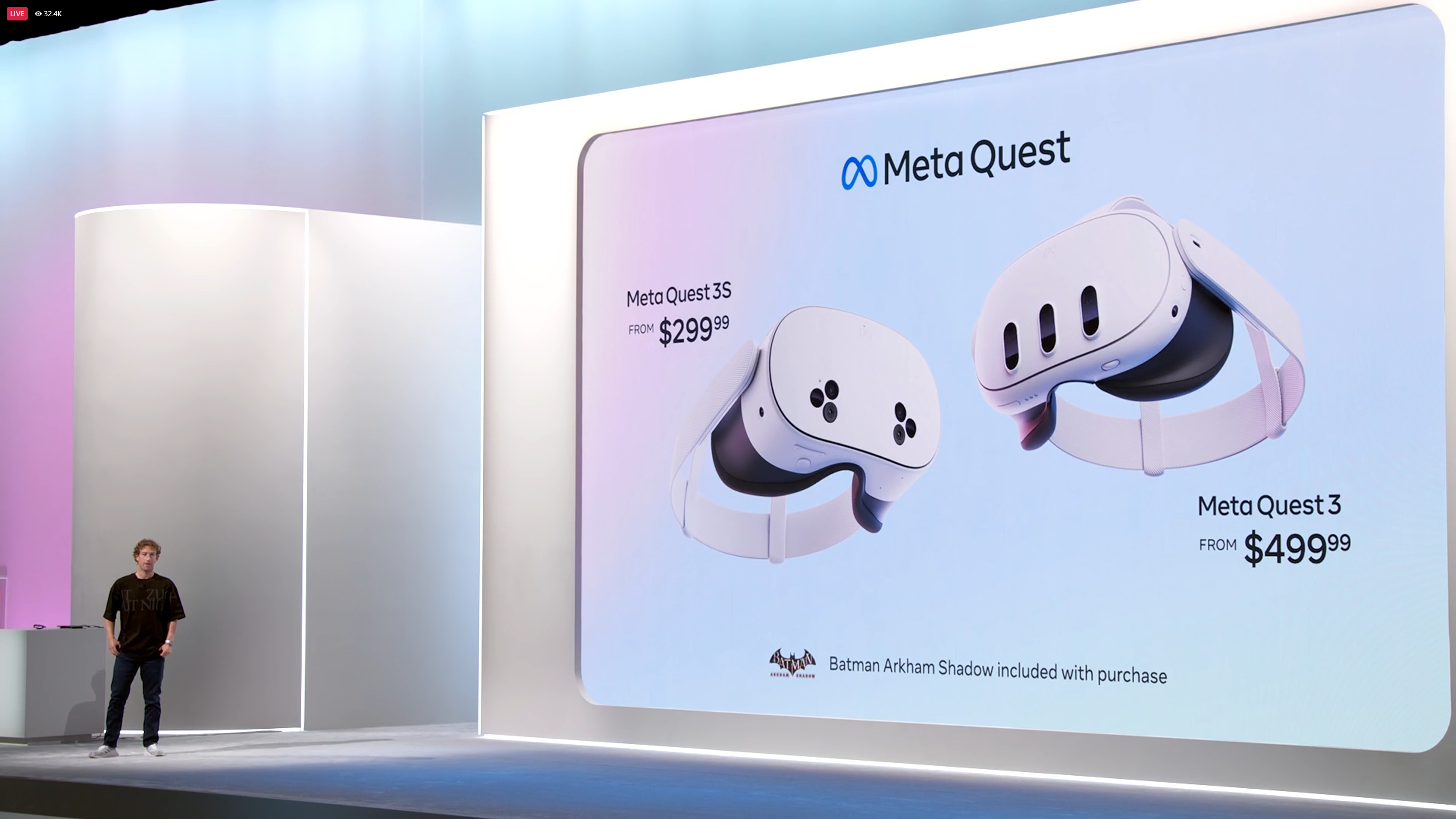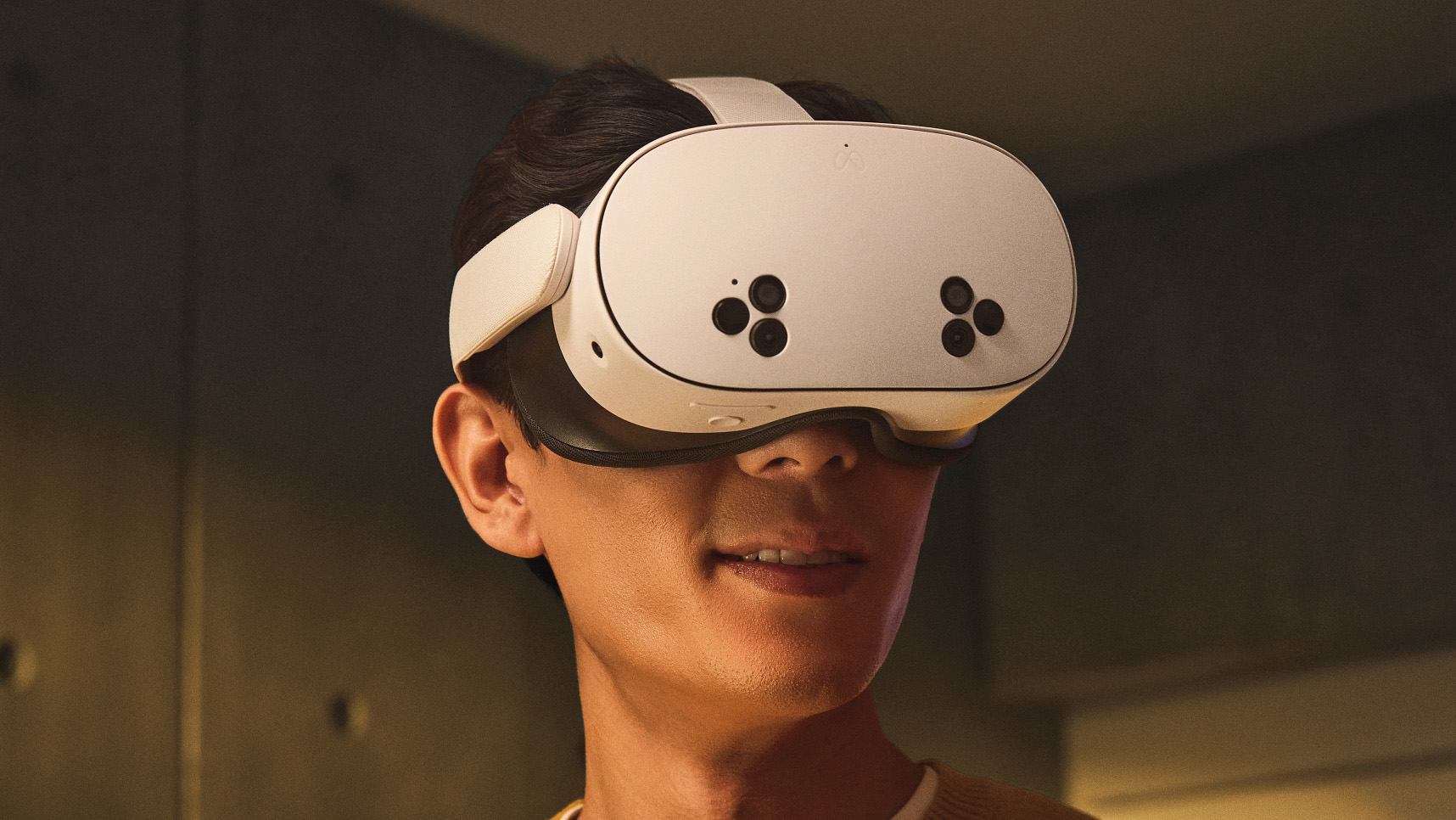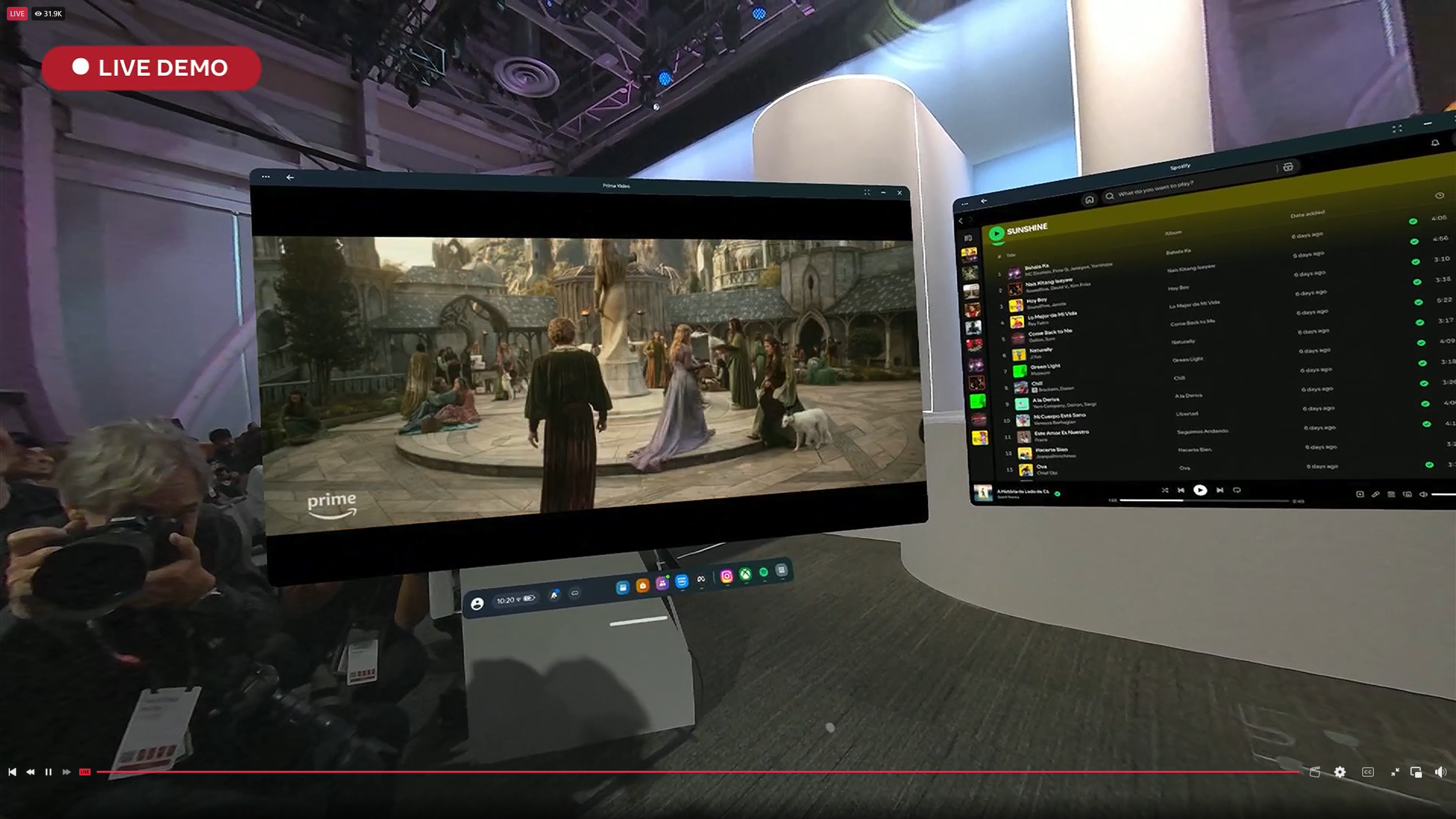
The Meta Quest 3S is here and promises to deliver a similar experience to the Meta Quest 3—only at a lower cost. Announced during Meta Connect 2024, the company’s latest mixed-reality headset should be a good option for those who want what could be one of the best VR headsets.
We’ve yet to go hands-on (or heads-on) with the Meta Quest 3S, but based on what Meta revealed, the headset is largely similar to the premium-priced Meta Quest 3. However, other than price, some distinctions could make you prefer one device over the other.
Here are the key differences between the Meta Quest 3S and Meta Quest 3.
Meta Quest 3S vs. Meta Quest 3: Price

Let’s skip to the biggest difference between Meta’s mixed-reality headsets—price. This factor alone will likely be what helps people decide which one is best for them.
Expect two Meta Quest 3S models when it launches on October 15. The entry-level model starts at $299 and packs 128GB of storage. For $399, you can get a model featuring a heftier 256GB of storage.
The Meta Quest 3 had a starting price of $499 for a 128GB model and $649 for a 512GB model. However, the company will now sell the 512GB model for $499. The 128GB version is currently out of stock, perhaps meaning that the newly-priced 512GB version could be the only Meta Quest 3 model available.
While the $499 512GB Meta Quest 3 is certainly enticing, those on a budget may still opt for the more affordable Quest 3S.
Meta Quest 3S vs. Meta Quest 3: Design

The Quest 3S isn’t that dissimilar from the Quest 3. That said, there are some differences worth noting.
The new headset’s front cameras now reside on the lower left and right sides instead of in the middle like the Quest 3. The front also appears thicker. More importantly, this headset doesn’t have an IPD wheel that lets you finely adjust how the headset fits. A 3.5mm headphone jack is also nowhere in sight.
While the overall design isn’t radically different from Quest 3, the Quest 3S might be more uncomfortable for some since they can’t fine-tune the headset’s fit on one’s nogging. The 3-point lens adjustment of the Quest 2 could also be restrictive. However, we’ll have to test the device ourselves to see how it feels to wear.
Meta Quest 3S vs. Meta Quest 3: Lenses and resolution

Speaking of lenses, the Meta Quest 3S reverts to fresnel lenses. The Quest 3’s “pancake lenses” help make graphics in your peripheral vision look sharper, making the whole experience more immersive. Since this device has fresnel lenses like the Meta Quest 2, I expect the viewing experience will be largely similar.
On the topic of visuals, the Quest 3S has a resolution of 1,832 x 1,920, with a variable refresh rate of 90 to 120Hz. It also has a FOV (Field Of View) of 96 degrees horizontal and 90 degrees vertical. This is all in contrast to the Meta Quest 3, which has a 2,064 x 2,208 resolution and higher FOV.
All of this means that the Quest 3S will largely deliver a similar viewing experience as the Quest 2 since both devices have the same lenses and resolution.
Meta Quest 3S vs. Meta Quest 3: Outlook
The Meta Quest 3S contains many design elements from the Quest 2 but also packs Quest 3 features—most notably the latter’s processor. Even if you get a diminished viewing experience compared to Quest 3, the Quest 3S may arguably have better performance since it has a lower native resolution. That, along with its lower price could make getting the new headset a no-brainer.
However, if you want more storage and better headset adjustment, the Meta Quest 3 is the way to go—especially at its new $499 price for 512GB. No matter which you opt for, you'll have access to almost all the same apps and games. In that sense, you'll get a solid mixed-reality experience with the Quest 3S or Quest 3.







